Industry
The management of Mayor Antonio María Dorado in Langreo between centuries transformed Sama from an insignificant entity to a worthy municipal capital town, as he wanted it to be the true regional centre of the Nalón river area.
In the 1860s, the road to Oviedo was built, but an affluent of the Nalón river threatened the road every time it rose. It was not until 1896 that the canalisation of the river was undertaken, which allowed the land between the riverbed and the road to be incorporated into the urban area. This did also allow the town to grow for more than a century. Among the mentioned land plots, one of the first public parks in Asturias was created in 1905. For quite some time, it was one of the largest ones in the Principality. The park was called Parque Dorado and was located in a large plot of land of almost four hectares filled with tailings from the Santa Ana mines.
Throughout the century, the Dorado Park underwent some additions and alterations which, nevertheless, maintained the general features that have been preserved to the present day. Its refurbishment in the 1950s was the most far-reaching, when the red ash from various industrial tailings was replaced by asphalt. The central promenade was also rearranged by removing the double benches and other deteriorated elements, and the monument to labour was erected on its southern minor flank, which was partially removed later in the 1980s. There is also a wide variety of plants, where deciduous species such as plane trees predominate, but where we can also find cedars, acacias and privet trees. In addition, we can find numerous elements in the park that date back to the 20th century. The bandstand stands out among them. It dates from 1906 and was designed, like the rest of the layout of the garden, by Juan Manuel del Busto, the municipal architect of Langreo at that time. Another two of the existing monuments are also worth mentioning, both of which were built thanks to the popular support. The first of them dates from 1906 and was erected in honour of the founder, Mayor Dorado, after whom the park is named. The second one was the one made in honour of Luis Adaro y Magro in 1918 by Lorenzo Collaut Valera, which consists of a bust placed on a pedestal with the allegorical figure of La Carbonera (a woman collecting coal).

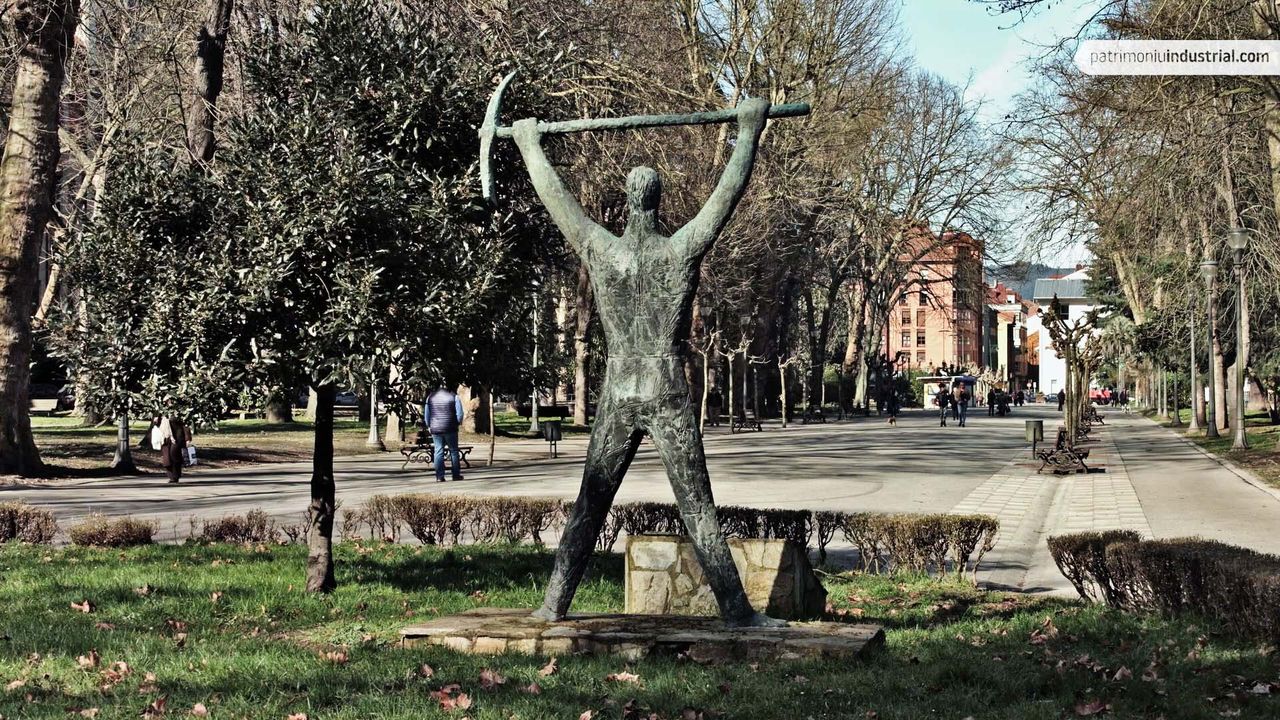
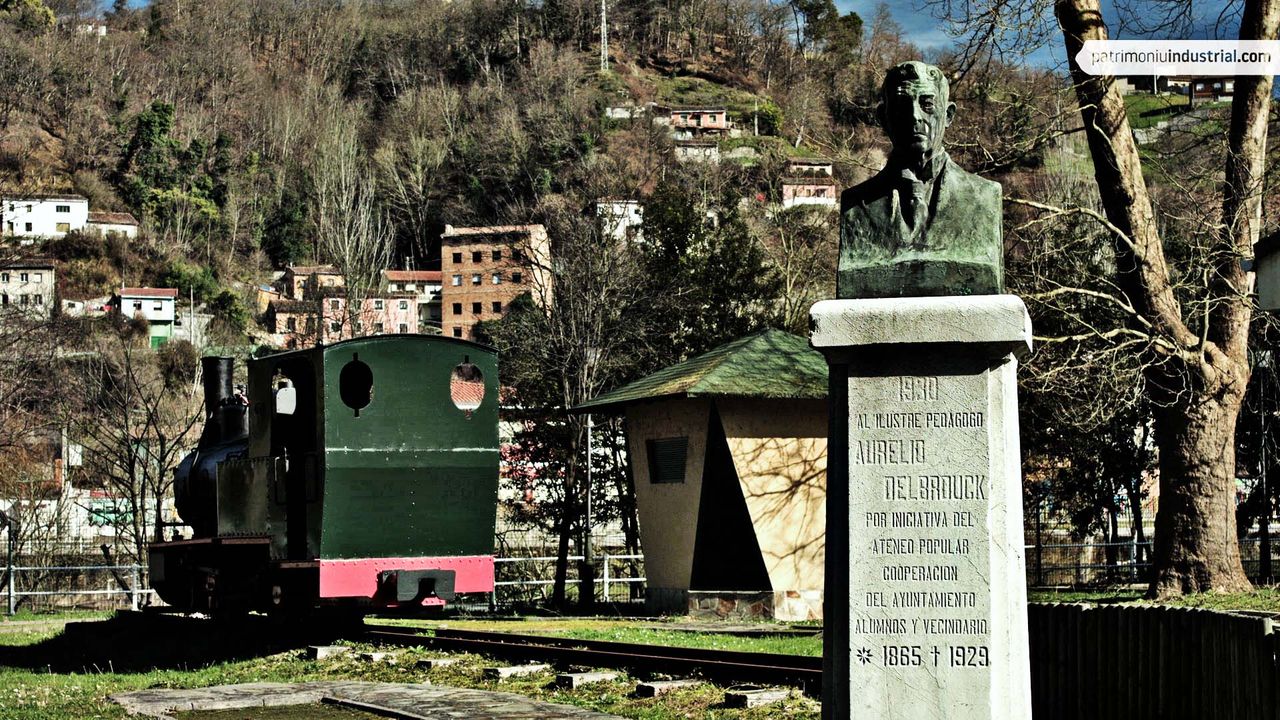
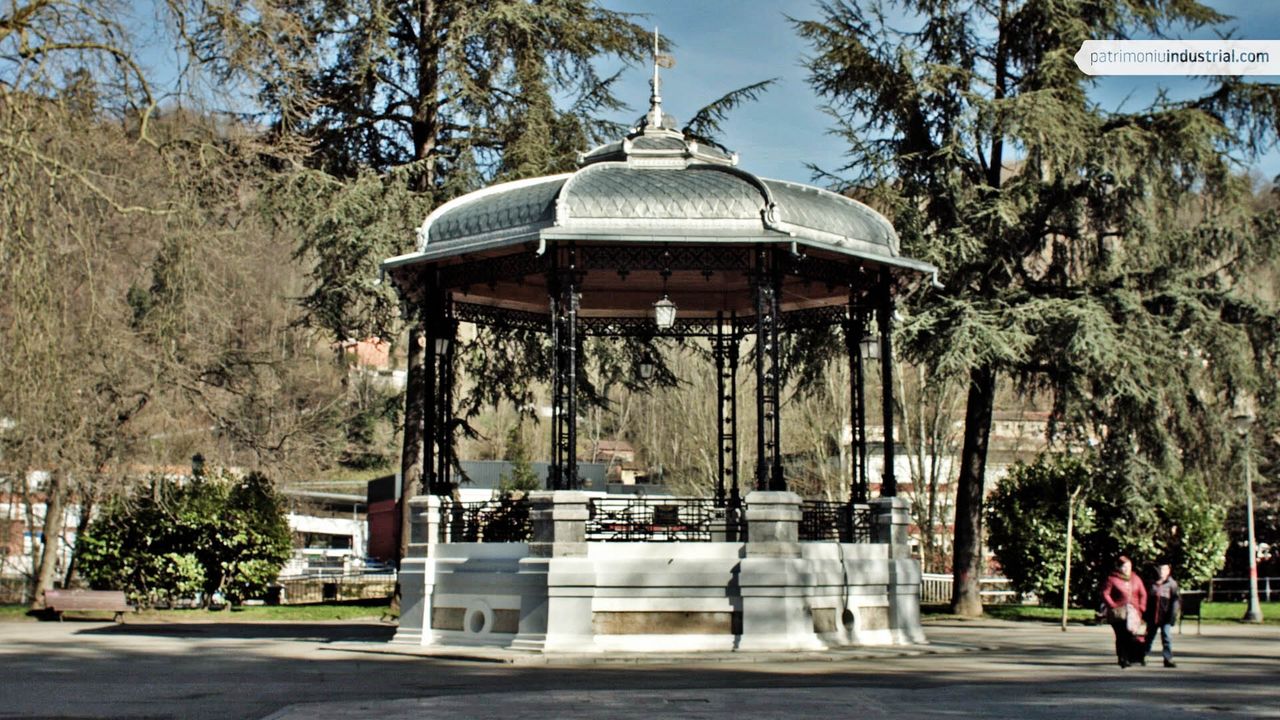
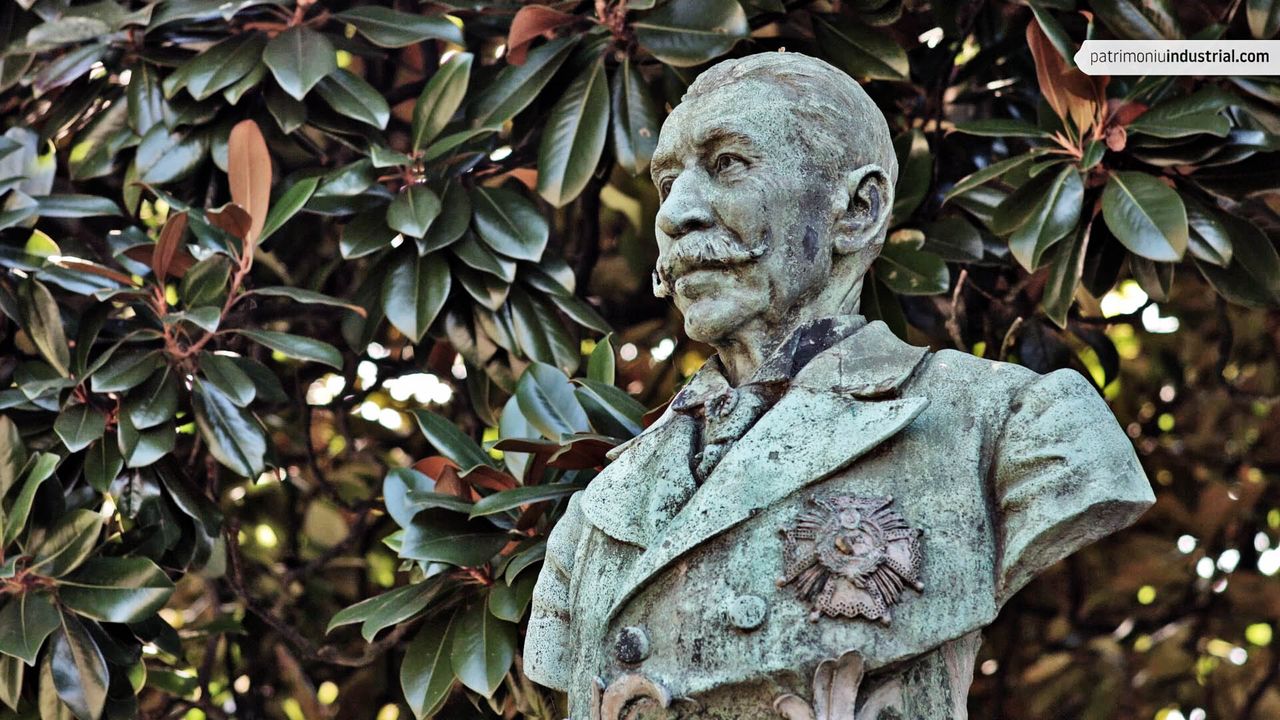
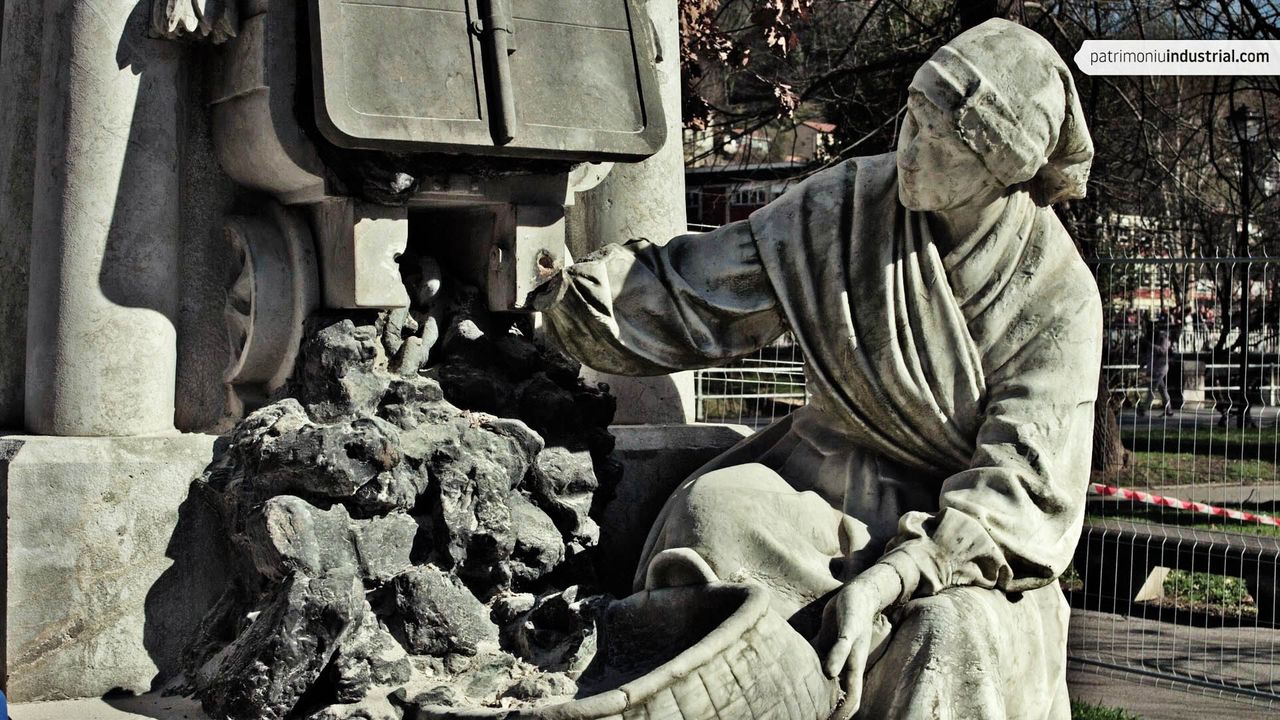
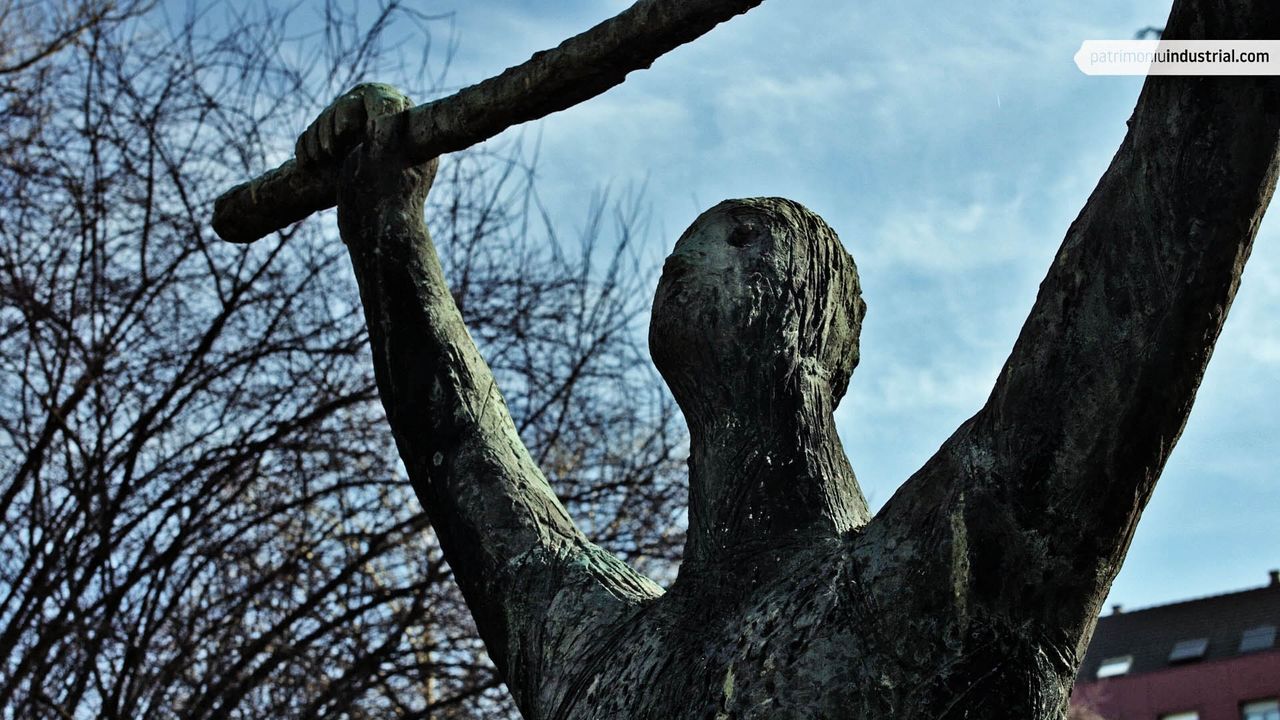
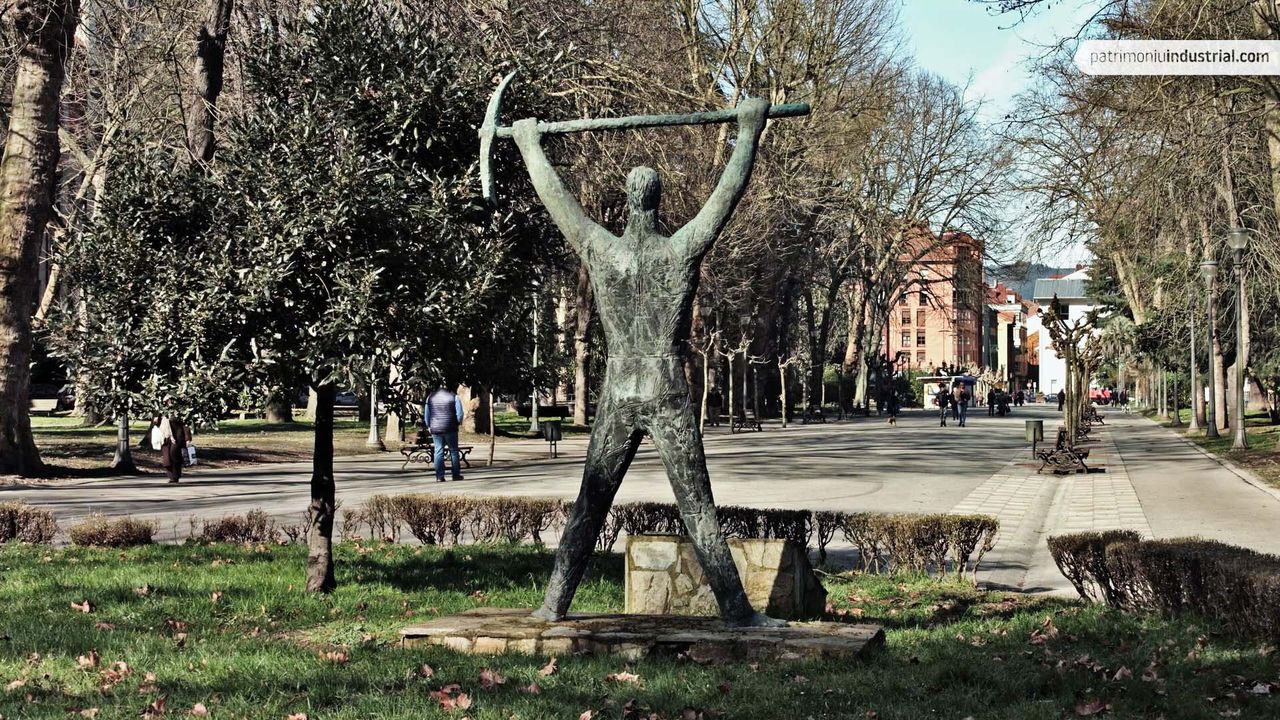
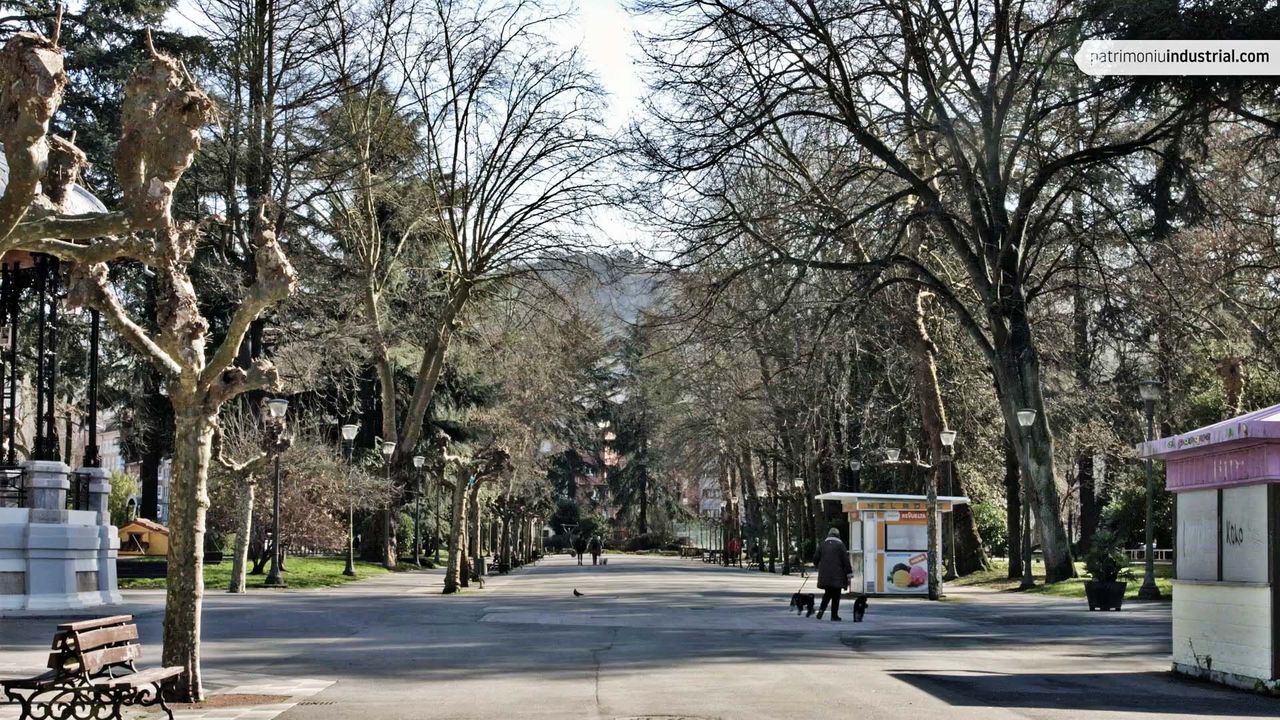
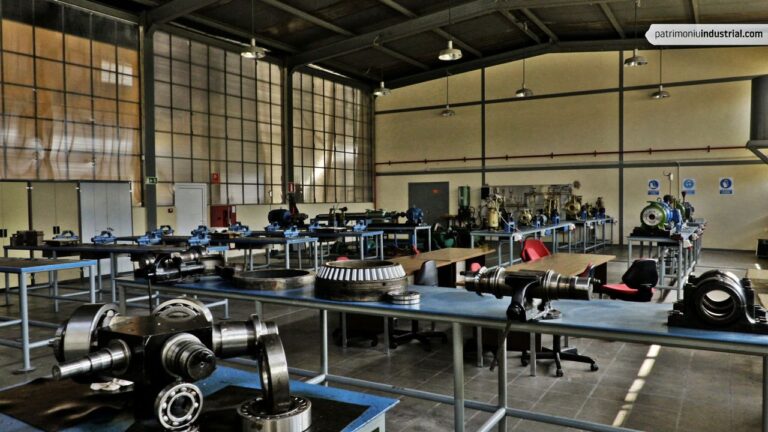
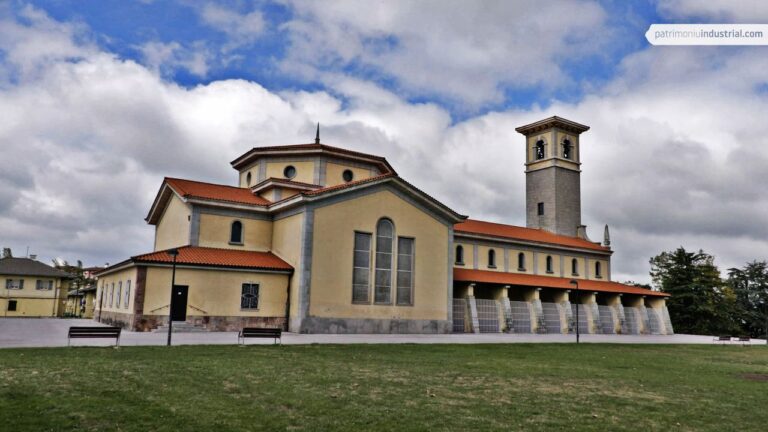
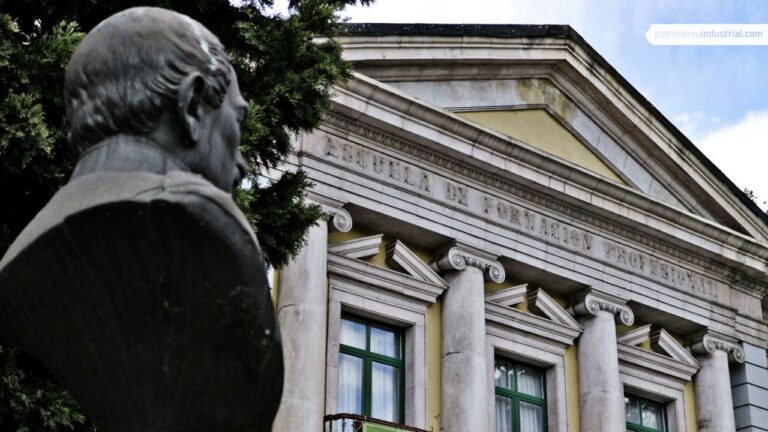

Recent Comments